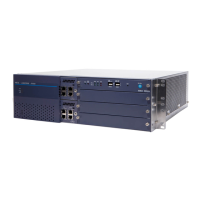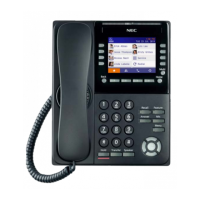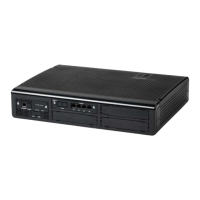– 605 –
CHAPTER 5 Operation Procedure for System with PIR
Table 5-4 Timings for Trunks
ITEMS FOR STATUS
SUPERVISION
CONDITIONS FOR SUPERVISION TIMING SPECIFICATIONS
1
Detection of Call
Termination
• Ringdown System
Detection by ringing signal (20Hz) from
the opposite office.
• Loop System
Detection by loop from the opposite office.
•E&M System
Detection by incoming signal (ground or
–48V) on E (RG2) lead.
Ringing signal of more than four
cycles is detected within 800
milliseconds.
Detection within 16 milliseconds
after call termination.
2
Acknowledge Signal
Sending
• Wink Signal
• Delay Start
160 milliseconds (standard)
Timing can be assigned using ARTD
command.
3
Detection of Release at the
time of Incoming
Connection
•E&M System
• Loop System
288milliseconds (standard)
160 milliseconds (standard)
Timing can be assigned using the
ARTD command.
4
Timing for Restricting Call
Origination after Release
After release of the user’s trunk or the trunk at
the opposite office has been detected, a new
call origination is restricted.
3070 milliseconds (standard)
Timing can be assigned using ARTD
command.
5
Seizure of Opposite Office
• Loop System
Closure of DC loop.
•E&M System
Supply of outgoing call signal (ground or
–48V) onto M (DL) lead.
6
Detection of Acknowledge
Signal
• Wink Signal
• Delay Start
Timing is assigned using the ARTD
command.
7
Trunk Hold Time
Even if answer signal has not reached from the
opposite office, the call is regarded as
answered.
• If DP Signal is 10 seconds
(standard) after dial pulses are sent
out
Timing can be assigned using the
ARTD command.
• If PB Signal is 30 seconds
(standard) after seizure of the trunk
Timing can be assigned using
ASYD, SYS1, INDEX 156 (only
when 2nd Dial Tone System).

